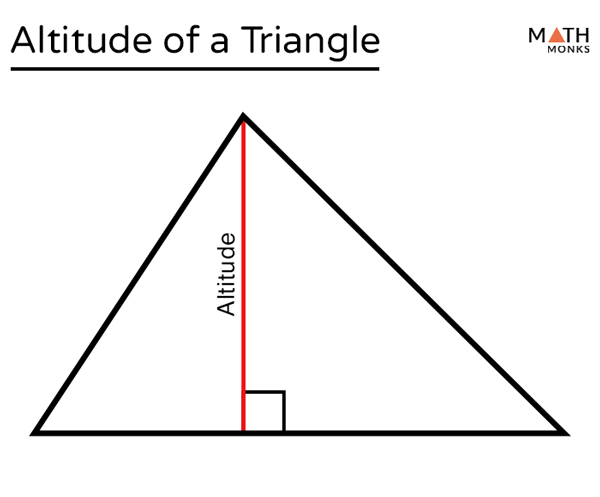

However, some astronomical conventions still follow the traditional method of using true south as a starting point for azimuth angles. Note: Since true north is the reference direction most commonly used, all azimuths displayed on refer to true north. Illustration 3: The azimuth refers to the object's cardinal direction.Įxample: If Venus is at an altitude of 45°, with an azimuth of 270°, as seen from your location, this means that you will find the planet in a western direction at an elevation exactly half way between the horizon and the zenith. This means, for example, that an azimuth of 180° means due south. If true north is used as reference, it is represented by an azimuth of 0°, and angle values increase towards the east. The azimuth is the angle between the spot where that line crosses the horizon and the reference direction. Imagine a vertical line connecting the object with the horizon. It is specified as the horizontal angle the object makes with a reference direction, such as true north (see illustration 3).

If the Earth were flat, the celestial horizon would follow the terrestrial plane.

It is a continuation into space of the imaginary plane created between you and the horizon around you. The horizontal line separating the two hemispheres is called the celestial horizon.

Together, they form the celestial sphere, an imaginary globe surrounding you, with you at its center.Īstronomical terms & definitions The Celestial Horizon The dome above you is called the upper hemisphere and the invisible part of the sky below you is the lower hemisphere. In effect, the system also includes the invisible half of the sky that is below the horizon. To compare, the geographic coordinate system uses the Earth's surface as a backdrop to determine a position. This is the backdrop the horizontal coordinate system uses to map the sky and describe the positions of its objects. Imagine the sky as a dome towering above you, its edges resting on the horizon. Although the distance of the visible planets, stars, and galaxies differs by billions of light years, the system ignores the depth of space as an object's distance is irrelevant for the purpose of locating it in the sky. Interactive Night Sky Map Distance Irrelevantīased on two coordinates, altitude and azimuth, the horizontal coordinate system provides the general direction in which to find a celestial object. This system is also used by to describe the positions of the Sun, the Moon, and the planets of our solar system. Illustration 1: The upper hemisphere of the celestial sphere. Business Date to Date (exclude holidays).


 0 kommentar(er)
0 kommentar(er)
